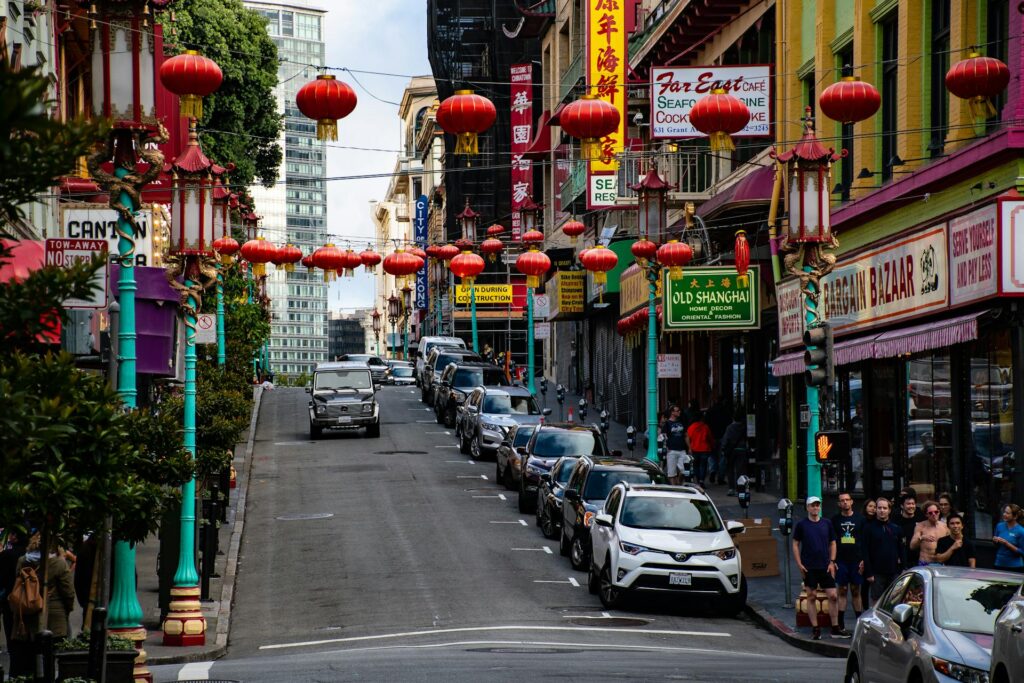In the early 21st century, few global developments have been as striking and influential as the rise of China’s economy in the 21st century. What was once considered a developing country, heavily reliant on agriculture and foreign aid, has rapidly transformed into a global powerhouse in manufacturing, technology, finance, and trade. This transformation has not only altered China’s role on the world stage but has also reshaped global economics and geopolitics.
The foundation for this economic surge was laid in the late 20th century when Deng Xiaoping introduced a series of economic reforms. By embracing a market-oriented economy while maintaining tight political control, China began opening up to foreign investments, establishing Special Economic Zones (SEZs), and encouraging entrepreneurship. These reforms laid the groundwork for the exponential growth that followed in the new millennium.
Entering the 21st century, China’s economy expanded at a remarkable pace. Its GDP grew by double digits annually during the early 2000s, lifting hundreds of millions out of poverty and transforming its urban landscape. Megacities like Shanghai, Shenzhen, and Beijing became symbols of economic modernization, attracting investment and talent from around the globe. Massive infrastructure projects, including the high-speed rail network and state-of-the-art airports, further fueled domestic growth and connected markets.
One of the key drivers of China’s economic growth has been its manufacturing sector. The phrase “Made in China” became ubiquitous worldwide as the country became the world’s factory. Leveraging low labor costs, vast industrial zones, and a rapidly improving logistical network, China exported everything from electronics to textiles at competitive prices. Over time, however, the Chinese government made conscious efforts to move beyond low-cost manufacturing and shift towards high-value industries such as semiconductors, electric vehicles, and green technology.
Technology and innovation have become central pillars of China’s economic rise. Major tech firms like Huawei, Tencent, Alibaba, and BYD have emerged as global players, competing with Western tech giants. The government’s “Made in China 2025” initiative emphasized self-reliance in advanced manufacturing and emerging technologies, including artificial intelligence, 5G, and robotics. State funding and private enterprise cooperation accelerated R&D efforts, ensuring China remained competitive in the digital age.
Another important aspect of China’s economic influence lies in its growing consumer market. With a population exceeding 1.4 billion, including a growing middle class, China became one of the world’s largest markets for luxury goods, electronics, automobiles, and online retail. Platforms like Taobao and JD.com revolutionized e-commerce in Asia, while Chinese tourists and students contributed significantly to global spending. For many international companies, success in China became crucial for global growth.
China’s global ambitions have also expanded through the Belt and Road Initiative (BRI), a trillion-dollar infrastructure and investment project spanning across Asia, Africa, and Europe. By financing railways, ports, and highways in developing countries, China has not only secured new trade routes but also increased its geopolitical influence. Though the initiative has been met with both praise and criticism, it underscores China’s ambition to shape the global economic order.
Education and skill development played a significant role in China’s transformation. As millions pursued higher education and technical training, the country built a highly skilled workforce capable of adapting to technological and industrial changes. The demand for learning Mandarin grew globally, leading to educational tools such as Chinese flashcards becoming popular among non-native speakers seeking to understand the language and culture of this rising superpower.
However, the path has not been without challenges. Concerns about income inequality, environmental degradation, and corporate debt persist. The U.S.-China trade war highlighted underlying tensions and the fragility of global interdependence. Furthermore, China’s demographic shift—marked by an aging population and declining birth rate—poses long-term economic risks. As the country navigates these challenges, it faces the task of maintaining high growth while achieving sustainable development.
Despite these obstacles, the rise of China’s economy in the 21st century continues to astonish economists and world leaders alike. China’s transformation from a closed, rural society into a technologically advanced economic giant is one of the most significant narratives of our time. Its influence will likely grow further, not just in trade and technology, but also in shaping global norms and policies.
In conclusion, China’s economic ascent is more than just a story of numbers; it is a reflection of vision, strategy, and adaptation. Whether as a competitor, collaborator, or inspiration, China’s role in the 21st century will be felt across all continents and sectors. The coming decades will reveal whether it can maintain its momentum and balance economic power with global responsibility.


